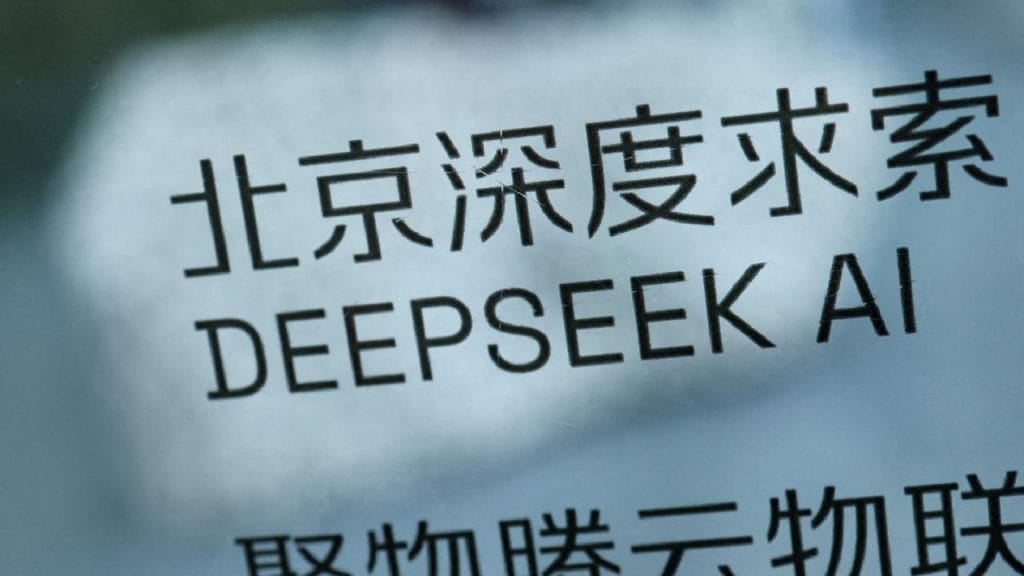Artificial intelligence just got a lot more intriguing, and China’s latest development is turning heads. DeepSeek, a Chinese AI firm, claims it has trained a high-performing AI model for just $294,000, a figure that many in the tech world are calling groundbreaking. If true, this could redefine what it takes to build sophisticated AI systems.
The story begins with DeepSeek’s announcement that their AI model, designed to rival some of the most advanced systems globally, cost far less than the hundreds of millions typically invested by major tech giants. For context, OpenAI and Google spend tens of millions, sometimes even over $100 million, to train models at a similar scale. This dramatic cost reduction raises several questions: how did DeepSeek achieve this efficiency, and what could it mean for the global AI race?
Experts suggest that DeepSeek may have leveraged a combination of efficient algorithms, smaller yet highly curated datasets, and cloud-based infrastructure optimizations. By carefully managing resources and using advanced model compression techniques, the company reportedly achieved top-tier AI performance without the enormous financial burden.

Why This Matters:
Accessibility: Lower training costs could allow smaller companies and startups to compete in the AI market.
Innovation Speed: Reduced expenses mean AI models can be trained and updated more frequently, accelerating technological advancement.
Global Competition: China continues to solidify its position in the AI industry, potentially challenging U.S.-based AI leaders in both research and commercial applications.
Analysts also point out that this approach could shift the economic dynamics of AI development. Traditionally, only tech giants could afford to create large models due to the staggering costs of computing power and energy. DeepSeek’s announcement suggests that high-performance AI may become more democratized.
However, some caution that cost is not the only metric of AI success. Training an AI model cheaply is impressive, but model quality, safety, and ethical considerations remain critical. DeepSeek’s achievement, while noteworthy, will need rigorous testing and peer review to confirm that performance matches that of more expensive models.
The implications extend beyond China. Companies worldwide are now exploring how to optimize AI training processes. Open-source communities and tech firms are racing to develop algorithms that are not just effective but cost-efficient. For instance, using techniques like parameter pruning, knowledge distillation, and synthetic data could dramatically reduce training expenses.
Moreover, lower costs could also impact AI-powered consumer products. From smarter chatbots to advanced recommendation systems, businesses may soon deploy high-quality AI solutions without breaking the bank. This is a potential win for both innovators and everyday users who rely on AI in their daily lives.
It is also worth noting that this development aligns with China’s broader strategy to lead in AI innovation. Government support, investments in tech education, and a thriving AI ecosystem create fertile ground for companies like DeepSeek to flourish. This means we could see more AI breakthroughs emerging from China in the near future.
In conclusion, DeepSeek’s announcement is more than just a number on a balance sheet. It is a signal that AI development is evolving rapidly, becoming more efficient and accessible. Whether this model will compete head-to-head with OpenAI or Google remains to be seen, but one thing is certain: the AI landscape is changing, and cost efficiency is now a key battleground. Keep an eye on this space because the next wave of AI innovation could be more affordable and more powerful than ever before.
